By Rodrigo Vargas
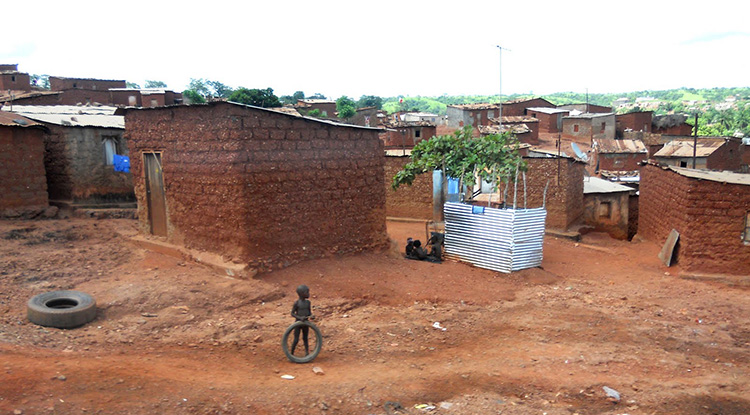
Huambo is a city that emerged, no man's land, for two reasons: plans of the Portuguese monarchy, inherited Republic, for colonization of the central highlands of the country and the convergence of these with the route of the railway line from "Railways of Benguela”, concessionaire operating freight that linked the port of Lobito in Angola western Atlantic, with the copper mines, located in what, at the time, was the Belgian Congo.
“… in order to encourage their staff to work in the colonies, created for those willing to leave fabulous living conditions. The modest little post office clerk (…) received a villa with garden and pool, Car, servitude, European vacation, etc.. The colonial bureaucracy wore a really great life. "
Ryszard Kapuscinski, Ebony, 1998.
The reason that its foundation was not a simple train stop, was thanks to the urban visions Rome engineer Carlos Machado and the decree of the governor general of the overseas province of Angola, Norton de Matos, settlement conceived to counter the influence of the railroad company in the region with a strong presence of the Portuguese administration. So much so that, after its official founding in 1912, was elevated to new headquarters of municipality, just nine years later. Later, in 1928, approved a new draft, by which he changed the name to New Lisbon, with which would be known to 1975. The Organic Letter of Angola made it the capital of the colony theoretical until the revision of Colonial Act in 1950-, but for practical purposes.
On the one hand, the conception of the city of Huambo reflected the imperial vision of a city founded in the new plant which is about the center of the 1,25 million square kilometers of the largest and richest overseas provinces that comprised the Portuguese Empire; on the other hand, modernity of the new century, would there also be noticed that the influence of American and British utopian ideas which formalized the concept of Garden City, with the particularity of including Indian quarters. There are planned together just at a time when all colonial powers promoted racial segregation in places of residence and social life.
In urban design, uncommon in the colonial context, a path seen broad scale, which falls in the group of Anglo-Saxon contemporaries plans. Within radiocéntricas urban theories devised by Ebenezer Howard, and embodied in the founding of Canberra plans (1908), por Walter B. Griffin, and New Delhi (1911), in Edwin Lutyens, scheme based on a nuclear squares by wide pathways intertwined, as opposed to mesh approaches, dominant in the landscape of colonial planning. In the city of New Lisbon, the model is summarized to a single square as a generator of the urban matrix, from which radiate eight avenues as the original plan of Rome Machado.
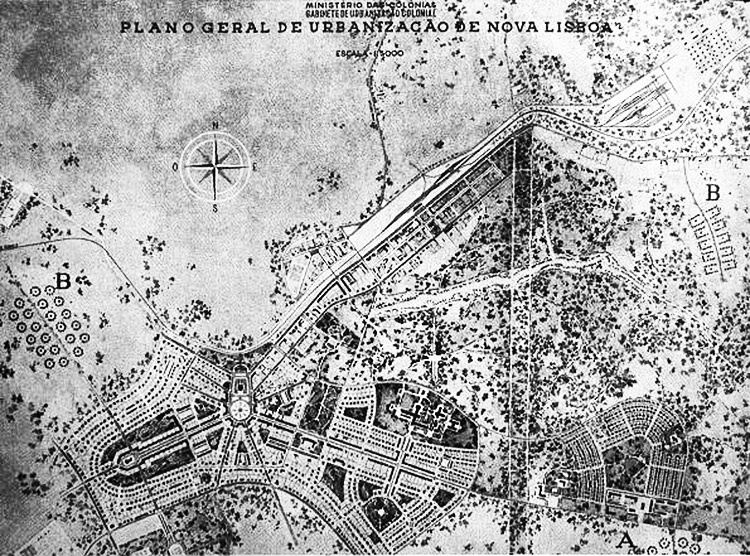 Plano foundation Huambo city. Ingeniero Roma Machado, 1928
Plano foundation Huambo city. Ingeniero Roma Machado, 1928
For the most part, parcel division corresponds to the type of housing garden city with isolated, framed in that concentric growth pattern to provide Portuguese bureaucrats, the illusion of a haven of seclusion and comfort to the margins of society maligned and marginalized African. The main parcel dimensioning criterion was that the inhabitants have the feeling of living in a paradise outside the social context of indigenous populations of the place where the colonial official was intended.
As a result the urban layout is deficient in its structure for citizen activity in public space, yet despite the prominence of many squares, parks and gardens of the original planning. The parcel sorting corresponds to a typology unfavorable to the interaction between public and private space, so necessary for the exchange and trade. The front garden creates a barrier that insulates the house on the ground floor and refuses direct relationship with the street, relegating the property contact the public space to a mere ornate access. This, nowadays, explain the proliferation of precarious constructions made by the current inhabitants in the front gardens of the old colonial houses, hastily abandoned by the vast majority of officials and Portuguese colonists during the process of independence and subsequent civil war. Today, those spaces in contact with the road are targeted to different types of business and services (cafes, bars, tailors and clothing arrangements, sale of food, etc.), in order to contribute to improving the economy precarious familiar in most cases.
On the other hand, the vast expanse of the apples-in some cases by aggregating planned surfaces as typology of detached house, in other cases by the interruption of development-, the lack of population density associated with this type of urban layout, added to the concentric design of equipment and build a citizen-centered services, invite private transport use virtually all of the displacement, derivatives with fluidity problems in the circulation, and necessary step for the founding of the city core, by the lack of connectivity between different areas that fill the gaps between the main avenues.
Another social consequences in terms of administrative and formal settings derived from colonial planning is the segregation of the lower classes who worked in the service of the colonial officials and the general population. This town located in the lowest part of the social scale had a maximum privilege of living in the destination "Indian quarters"Assumed that at most only a road layout and regularized subdivisions where they themselves had to use the self as a means of obtaining housing. Solution in principle is not bad if the state has done previous work to invest in infrastructure and basic equipment before the start of the settlement, thing rarely happens.
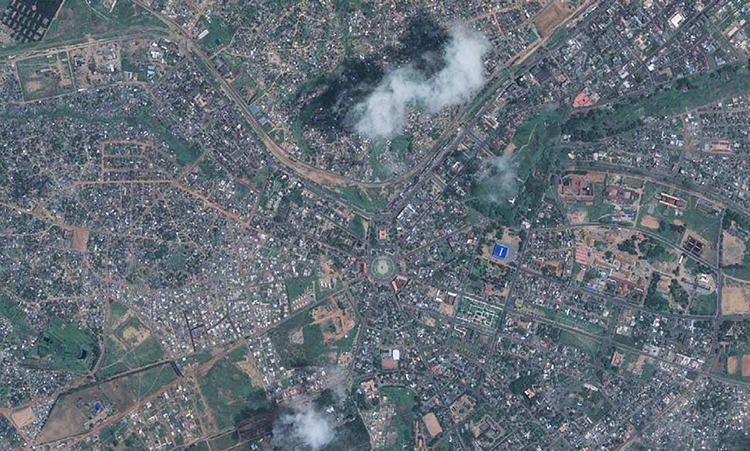 Central area of the city in which you insert the original nucleus. Image: Google Earth
Central area of the city in which you insert the original nucleus. Image: Google Earth
That local population is a strong migrant population pressure becomes established, and still continues to do, outside what was the planned city, European origin city, or in its interstices without taking, densified in a ring without infrastructure or public facilities. Newcomers are in a sort of parallel universe opposed to the calm and tranquility of the colonial garden city. Called "barrios and peri-urban”, bustling coexistence, are those that harbor life and activity, paradoxically, lax lacks the colonial society and its formal city. The relationship between the city planned and informal settlements is compounded with strong radial displacements, throughout the workday, concentration and expansion. These mass movements are the core foundational epicenter, groups of people seeking employment and economic resources, either as domestic service of the wealthy, as regular employees for a salary rather meager, compared to both European income level, as corporate earnings from the field by its contractors, or as hawkers suffered to cite only some of the most visible dedications in the African context. Movements that are aggravating the traffic congestion in the city because of its concentric configuration, where most major administrative and funding sources focus on the same point.
The range of challenges of the new urbanism is very broad in the context of the city of Huambo, and other medium-sized cities in the Angolan context and by extension African.
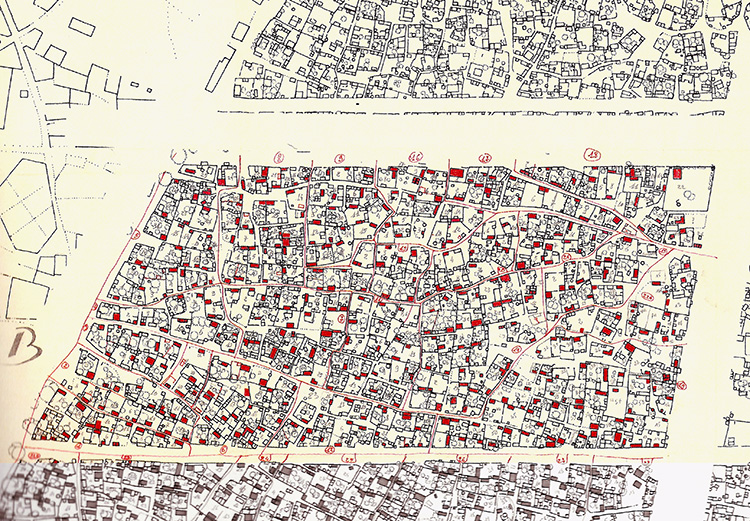 Wagadogo. Study of the fragmentation of a suburb of the city Ouagadougou. Source: Antoine Djigma, 1984
Wagadogo. Study of the fragmentation of a suburb of the city Ouagadougou. Source: Antoine Djigma, 1984
The main challenge concerns the discovery of patterns which are governing the idiosyncratic development of urban settlements in the geographic Angolan. Especially in what is known as informal settlements, to study dynamic aspects and positive, and promote the renewal of their most urgent issues in a more appropriate. It is generating a simple legal framework, understandable and flexible enough, that is capable of integrating and apprehend the spontaneity of urban settlements and economic precariousness of its inhabitants without compromising the consistent development of the urban fabric.
Likely, the first step in this process of acting on informal patterns of settlement is recognized and obviated areas cadastre and city unrecognized, both bureaucratic and socially. In Africa, and in the case of Angola, the average percentage of the extent of these neighborhoods is, nothing less, that the 85% of total consolidated urban fabric in cities.
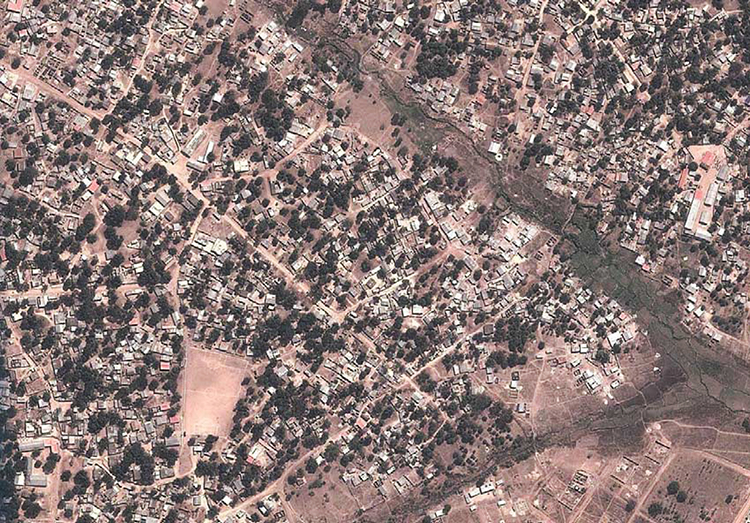 Tissue sample of a suburban neighborhood of the city of Huambo. Image: Google Earth
Tissue sample of a suburban neighborhood of the city of Huambo. Image: Google Earth
Another urgent action, simultaneous and complementary to the above, would start improvement processes, using the medical analogy, of "invasive surgery in the" the "microsurgery", to start urban regeneration processes as little as possible by altering existing social dynamics in this places. The urbanized African territories, doing an analysis of urban indicators, are not so far-is more closely accord- to the ideal parameters of what is advocated as compact city. And all this has come spontaneously, Unplanned. These improvement processes should influence the provision of basic infrastructure such as those corresponding to sanitation and water supplies, electrical, etc.. And, also, on improving the connectivity of neighborhoods, both internally and with the colonial city formalized.
All these processes inevitably pass by the involvement of slum-dwelling populations, participatory level improvement processes. Both in decision-making and in the implementation process works material. Otherwise, safest, is that any initiative taken by "top-down" is doomed to failure.
In the particular situation of Huambo, apart from these more general issues mentioned above-- the most urgent needs of the urban level are related to the channeling of the ongoing processes of densification of the urban center, with improving their internal connectivity, with the conservation of its colonial architectural heritage that has in abundance-, and diverse cultural and economic needs of its current population is especially important to consider the decentralization of administrative offices, order to achieve greater social cohesion that results in the joint development of its urban society, Today secreted by large steps income.
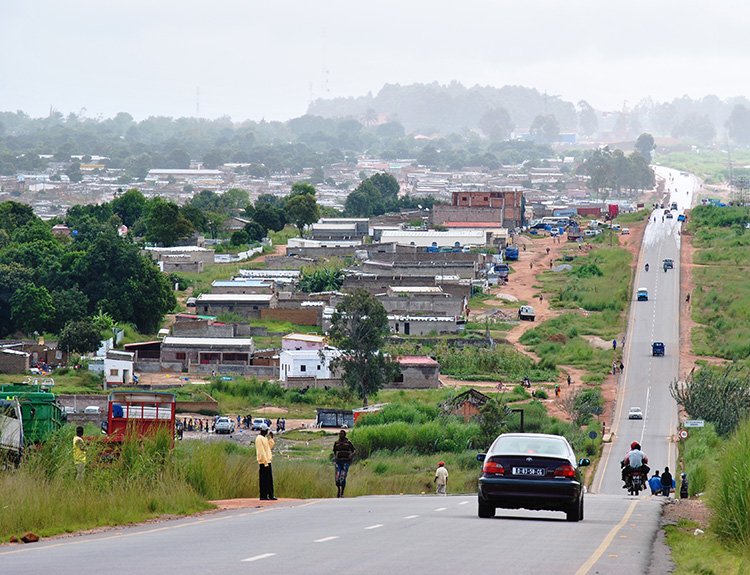



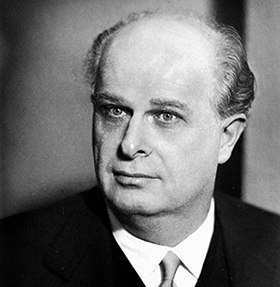





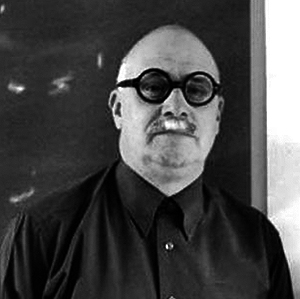
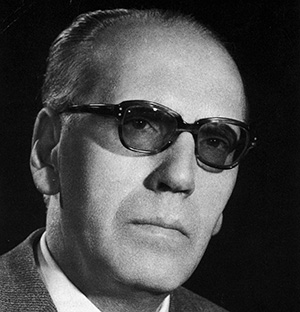




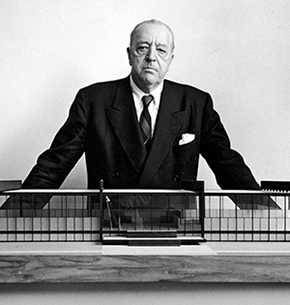

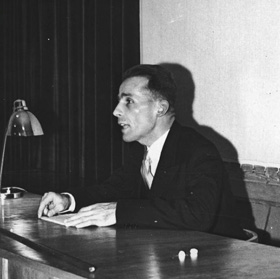






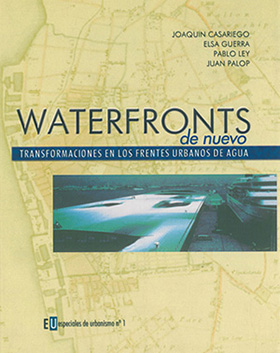




Un análisis muy interesante, Rodrigo. De verdad resulta esclarecedor en varios aspectos.
Me hizo mucha ilusión encontrar este artículo casualmente, navegando por la red.
Un abrazo
o huambo gostaria se aprovincia nova lisboa teria industria. porque e uma provincia grande e belo